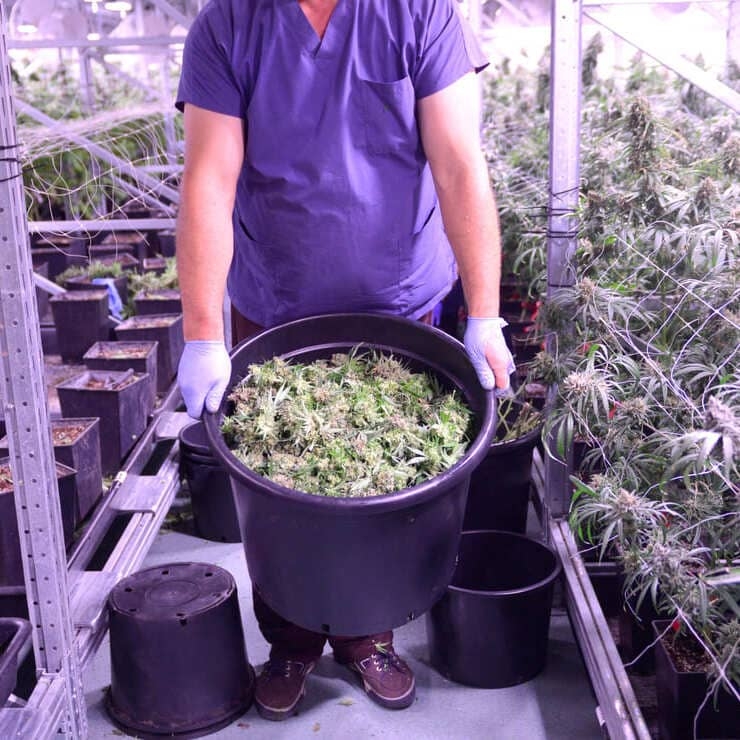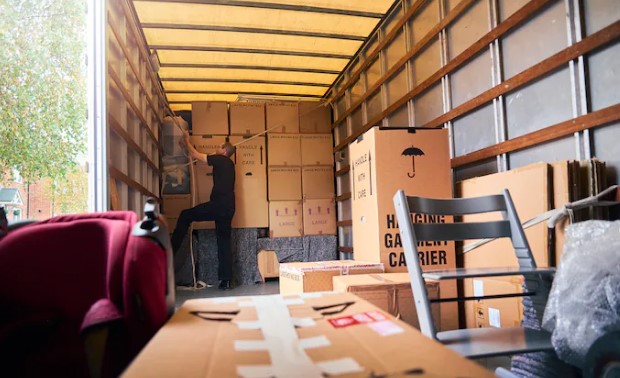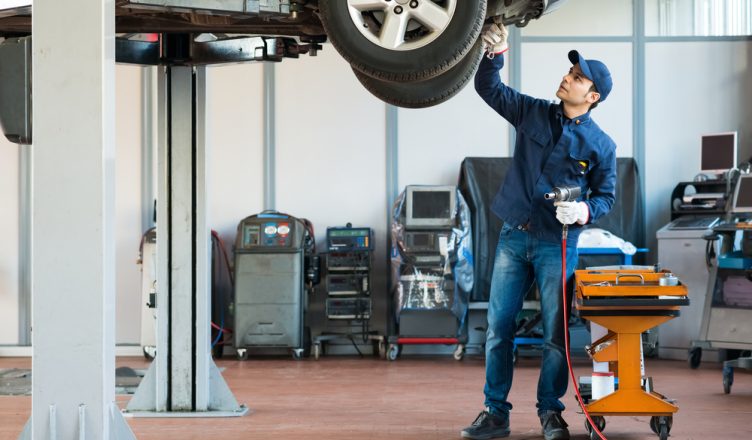Building Your First Guitar Pedal Board: A Step-by-Step Guide
Any guitarist should be excited when starting their own guitar pedal board, even if they are a beginner or an experienced player in search of new sound effects. An organized pedalboard can raise your tone and ease in controlling your effects. This guide is an introduction to how to go about putting together a simple pedalboard for beginners.
Choose Your Pedals Wisely
Firstly you should choose the appropriate pedals for your sound when making a pedal board. Here are some key considerations:
Identify Your Needs
Contemplate the style of your music and the responses you are looking for. Some of the common pedals are overdrive, distortion, delay, reverb, chorus and a wahoo. Pick pedals that fit well with your style of playing.
Quality Matters
Invest in expensive, high-quality pedals made by a well-known brand. Generally, a good pedal gives superior sound quality and a longer life. Higher-quality pedals are also superior in terms of reliability.
Test Before You Buy
Go to your preferred music stores and try out different pedals to see if they meet your taste and playing style. If your local store does not offer this, ask fellow musicians if you can try their pedals out to get a feel of what you are looking for.
Plan Your Pedalboard Layout
After deciding on your choice of pedals, the next step is to have them arranged in a neat order on your pedal board. Here’s how you can go about it:
Signal Flow
Ensure you connect your pedals in a proper sequence. The common signal chain comprises of a tuner, an overdrive, perhaps some modulation (chorus or flanger), time-based effects like a delay or reverb, and possibly ending at a level pedal or wah-wah.
Velcro or Pedalboard Strips
Attach your pedals securely using velcro or pedal board adhesive strips. They allow you to easily organize your pedals and ensure that they do not slip off during performances.
Ergonomics
Place your pedals in an order that is easy for you to access and use. Allow enough room in between for you to not switch them on or off unintentionally during a performance.
Organize Your Cables
Cable management is crucial to maintaining a clean and reliable setup. There are three ways you can organize your cables to keep them from getting tangled:
- Patch Cables: Always use premium patch cables when connecting your pedals. The use of shorter cables helps to cut down on signal losses in addition to eliminating the messy effect on your pedal board.
- Cable Ties: Avoid tangles and tripping hazards by using cable ties or velcro straps to bundle excess cable length.
- Label Your Cables: Make sure you mark your cables so that you know where they go and what they are used for.
Powering Your Pedals
Powering your pedalboard is a critical step to ensure consistent performance. Here are a few aspects to consider:
Pedal Power Supplies
Consider buying an individual dedicated power supply unit with isolated power going to every pedal on your pedal board. Doing this helps in suppressing any noise or other interferences common with distributed power sources.
Voltage and Polarity
Ensure that each effect has its power needs and polarity right by referring to a manual or product description. This will help you ensure that your pedals get the power they need.
Daisy Chaining
Daisy chain cables can be used in instances where there is compatibility between voltages and polarities with your pedal power. Ensure you avoid overloading the power supply’s capacity.
Test and Troubleshoot
Before you hit the stage or studio, thoroughly test your pedal board. Here are three checks to run:
- Sound Check: connect your guitar, amp and pedal board, turn them on and listen for humming or unwanted noises. Take care of problems and troubleshoot before a performance.
- Battery Backup: it is advisable to keep some spare 9-volt batteries for pedal usage. This may serve as a lifesaver if the power goes out.
- Maintenance: keep your pedal board clean, replace worn-out cables and monitor for any loose cable connections. This will help ensure that your setup is a reliable one.
Conclusion
Constructing your first guitar pedalboard is a gratifying task which will take you several steps closer towards improved sound. Choose your pedals wisely, plan out your layout, organize your cables and power up your setup in the right way, and you’re well on the road towards a professional, and versatile pedal board. Always be sure to tweak and modify your pedal board as your musical journey unfolds and allow your imagination to lead you to new sounds.




